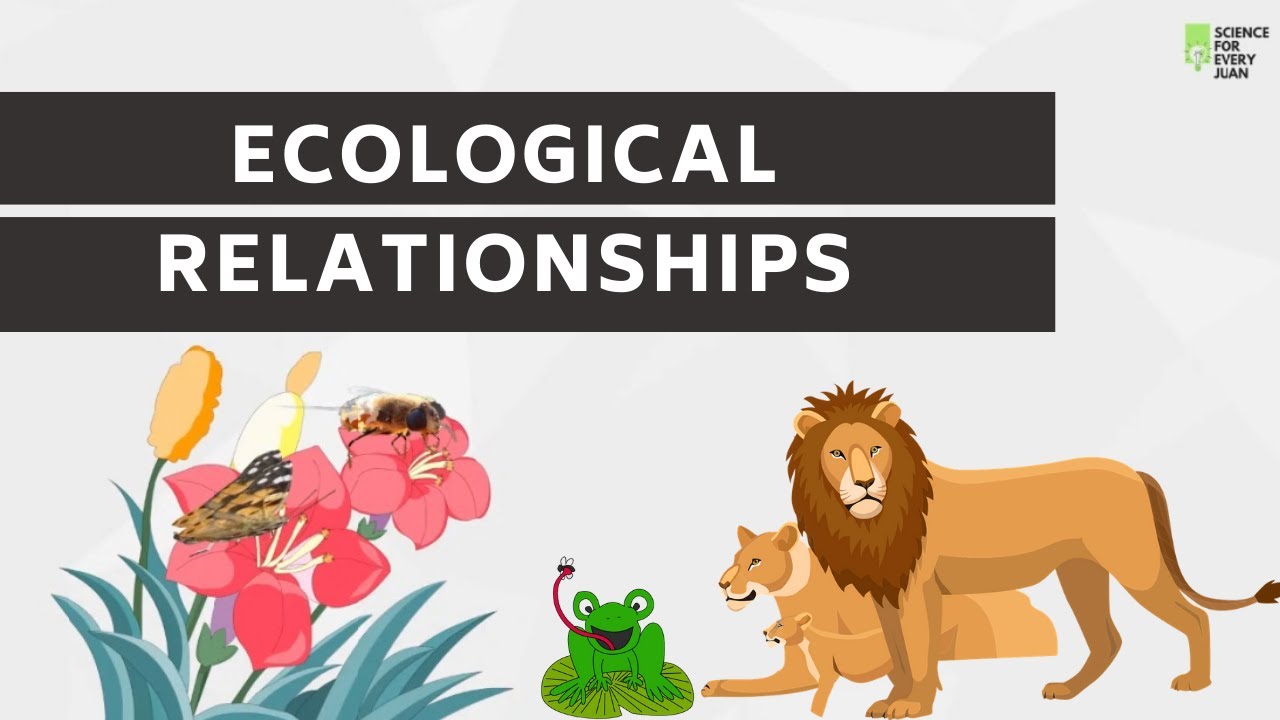The ocean hosts some of the most fascinating and intricate ecological relationships on Earth, each playing a vital role in maintaining the balance of marine ecosystems. Among these relationships, the association between the white tip shark (often the oceanic whitetip shark) and the soldier fish stands out for its unique interplay of behaviors and mutual benefits. Understanding this relationship sheds light on the complexity of oceanic life and the delicate balance that sustains biodiversity.
This article delves into the ecological dynamics between the white tip shark and soldier fish, explores the significance of their interactions, and highlights the broader implications for marine conservation.
Introduction to the Oceanic Whitetip Shark
The oceanic whitetip shark (Carcharhinus longimanus) is a prominent pelagic species recognized by its distinctive white-tipped fins. It is known for its role as both a predator and a key component of ocean ecosystems. Found in tropical and subtropical waters worldwide, this shark has a reputation for being curious and bold, often mingling with other marine species.
As an apex predator, the white tip shark helps regulate populations of prey species, thereby contributing to the overall health and stability of the marine food web.
Unfortunately, oceanic whitetip sharks have faced significant population declines due to overfishing and bycatch, leading to critical conservation concerns.
Soldier Fish: The Reef’s Vibrant Nocturnal Dwellers
Soldier fish belong to the family Holocentridae and are typically found around coral reefs and rocky bottoms. They are characterized by their bright coloration and large reflective eyes adapted for nocturnal life. During the day, soldier fish hide in crevices and under ledges to avoid predators, emerging at night to feed on plankton and small invertebrates.
Soldier fish serve as an important prey base for larger predators but also play a role in nutrient cycling within the reef ecosystem.
The Nature of the Ecological Relationship
The interaction between white tip sharks and soldier fish exemplifies a complex ecological relationship that can be categorized as a form of mutualism or commensalism, depending on the benefits accrued by each species.
Protection and Cleaning Behavior
Soldier fish often swim in close proximity to oceanic whitetip sharks, seeking protection from other predators. The presence of a formidable predator like the white tip shark deters potential threats to the smaller soldier fish. This form of protective association benefits the soldier fish by reducing predation risk.
In return, soldier fish have been observed engaging in cleaning behaviors—removing parasites and dead skin from the shark’s body. This cleaning symbiosis benefits the sharks by maintaining their health and comfort, while the soldier fish gain nourishment.
Foraging Advantages
Another facet of their relationship involves enhanced feeding opportunities. As the white tip shark swims and disturbs the seabed or coral environments, small organisms become dislodged, making them accessible to the soldier fish. This commensal behavior allows soldier fish to feed efficiently without necessarily affecting the shark’s activities.
Importance for Marine Ecosystems
The relationship between these two species illustrates broader ecological principles:
-
Biodiversity Support: Mutualistic and commensal relationships increase species diversity and ecosystem robustness.
-
Trophic Regulation: Predators like the white tip shark regulate prey populations, which in turn impact nutrient cycling and reef health.
-
Ecosystem Services: Cleaning behaviors contribute to the health of marine species, supporting overall biodiversity.
Understanding such relationships is critical to marine conservation strategies that aim to maintain ecosystem balance and resilience.
Conservation Implications
The decline of oceanic whitetip sharks due to overfishing threatens not only the sharks themselves but also the intricate ecological relationships tied to them. Conservation efforts must consider the interconnectedness of species and habitats.
Marine protected areas (MPAs) and sustainable fishing regulations are essential to safeguarding these interactions, thereby preserving both species’ populations and the health of marine ecosystems.
Promoting Public Awareness and Research
Raising awareness about the ecological roles and relationships of shark species can foster broader public support for marine conservation. Supporting research initiatives helps fill knowledge gaps, guiding effective policy and management.
Citizen science programs and marine ecotourism also play roles in promoting appreciation and protection of ocean biodiversity.
Additional Expert Resource
For comprehensive scientific insights into shark ecology and their role in marine ecosystems, readers can explore this authoritative source:
Frontiers in Marine Science: Defining Ecological Roles of Sharks
Read More: Dating in 2025? New Terms Like Mankeeping and Chameleoning Are Red Flags to Watch
Conclusion
The ecological relationship between the white tip shark and soldier fish is a remarkable example of nature’s interdependent systems. Their mutual benefits—from protection to cleaning and foraging—highlight the complexity of marine life and the importance of preserving these connections.
Protecting such relationships is crucial for the sustainability of ocean ecosystems and the diversity they support. As awareness and conservation efforts grow, so too does the hope for balanced, thriving marine environments for generations to come.








No comment